Geophysical Investigations of the Vallum at Magna
3 minutes reading time.
20th August 2024 – Samuel Bithell, Durham University
The Vallum of Hadrian’s Wall is one of the lesser-known elements of the frontier, formed by a large central ditch, with a mound to the north, and another to the south. It runs along the southern side of the Wall for almost its entire length, from Newcastle to the Solway Firth. Sadly, the Vallum has suffered significant erosion over the millennia and in many places you would barely notice its existence. At Magna the Vallum still remains relatively well preserved and excavations as part of the Magna Project will reveal a great deal of new and exciting information.
However, excavations are expensive and time-consuming, and by contrast geophysics can provide new information cheaply and quickly. At Magna we have used two geophysical methods to investigate parts of the Vallum immediately adjacent to the excavations. We have three main aims for these surveys: to test existing geophysical methods in novel archaeological contexts; to develop a method to extrapolate the results of excavations of linear monuments beyond their immediate surroundings; and to understand the way in which the infilled Vallum ditch interacts with the water table.

The two methods which we applied were Ground Penetrating Radar (GPR), and Electrical Resistivity Tomography (ERT). GPR is a common archaeological method which involves shooting pulses of radio waves into the ground. By timing how long the radio waves take to return after bouncing off objects and deposits we can build up a picture of the ground beneath our feet, allowing us to define the shape of the sides and base of the Vallum ditch. ERT works in a complementary way, by measuring the electrical resistivity of the soil. Electrical probes are inserted into the ground in a single profile and linked together by a long cable. The cable is hooked up to a computer which times pulses of electricity to be fired into the ground and then measures the electrical flow between the probes. By selecting different sets of probes from along the profile the ground is measured at different locations, and at different depths, building up a new picture of the subsurface. At Magna we also applied a method known as timelapse ERT, which involves measuring the same profile in this way multiple times across different days. The differences between these measurements from day to day provide information on the changing water table over time and how it interacts with the archaeological features under the ground.

The data gathered at Magna will be interpreted not only in the context of the excavations, but in the wider context of geophysical surveys of the Vallum at multiple sites along the Hadrianic frontier. By comparing the results with the Magna Project’s excavations they can be interpreted more confidently and accurately and provide new insight into this most mysterious of frontier monuments.

